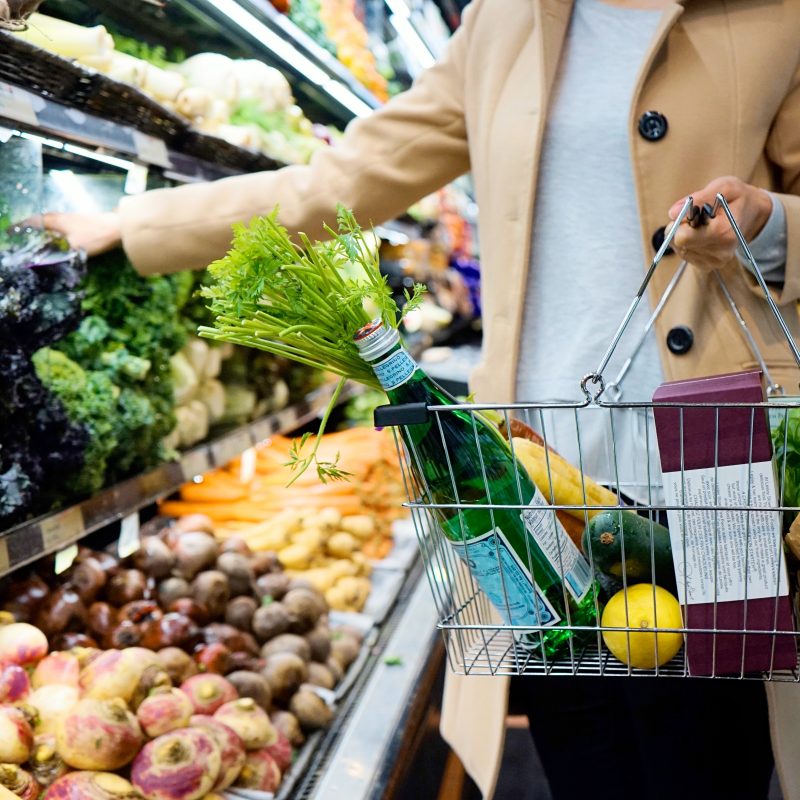The Cost of Living is taking its toll on almost all of us, but charities are not excluded from these pressures. Food banks are under huge strains at the moment, and here’s why.
Increased Demand
It can be really difficult for some people to eat properly when the cost of everything around them is rising. As a result, many are being forced to turn to food banks as they can’t afford to properly feed themselves and their families.
The Trussell Trust is the UK’s largest food bank network, supporting 1,300 food bank centres to provide food to those struggling to eat. Because of such high demand for food banks at the moment, they have had to set up an emergency fund appeal page on their website.
Their website reads:
“For the first time ever, food banks are giving out more food than is being donated. This is an emergency”
In fact, the Trussell Trust has distributed 46% more emergency food parcels to food banks in August and September this year compared to the same months in the previous year. This means that demand is starting to outstrip supply.
Demand will surely only increase further coming into winter, as many are forced to choose between heat and food in the cold weather.
Decreased Supply
Food banks are reliant on donations and because of the squeeze on everyone’s personal finances, many can’t really afford to find the spare cash needed for donating food. Therefore, we are currently in a situation of restricted supply and soaring demand.
Increased Costs
If this wasn’t bad enough, these food banks are also becoming more expensive to run due to rocketing energy and fuel costs.
Their warehouses, vehicles, and distribution centres are all affected by these rising running costs.
Rising Food Costs
According to the Office for National Statistics, food and drink prices are rising at the quickest rate since April 1980. This is because food imports are becoming increasingly expensive due to rising transport and packaging costs.
The UK is very dependent on food imports which is precisely why its cost increases are hitting us so hard. The graph below shows just how much more reliant we are on these imports than other countries are.
Reducing the Cost of your Weekly Shop
If you’re struggling with these rising food prices, there are some tips you can follow to help you cut costs
- Stick to a list… avoid shopping when you’re hungry or when you don’t know exactly what you need or you will find yourself making unnecessary purchases
- Meal plan… make meals in bulk and freeze extra portions so that you can buy ingredients in bigger packages (as these tend to be better value for money)
- Bulk buy… if you have enough cupboard space, try to buy in bulk. Bigger bags of things tend to be far cheaper in terms of the price per kilogram. It’s good to do this with things that will last and which you will definitely use, such as pasta or rice
- Find alternatives… avoid name brands and find cheaper options where possible
- Shop around… see which supermarket has the best deals. If you’re struggling to compare the prices of each item, you can try doing your normal shop one week at a different shop than you normally use and then compare the overall price
- Go meat free… meat is expensive, so reducing the meat in your diet can help you reduce the price of your shopping. Maybe try to pick one day a week where you go meat free!
- Grow your own food… if you have the garden space, you can grow certain things, like potatoes. Even if you don’t have this space, you can grow herbs on a windowsill inside your house or flat so that you don’t have to keep buying them
- Avoid pre-prepared fruit and vegetables… these tend to be priced much higher, so it’s worth spending less money and taking the time to do the chopping and peeling yourself
- Use the yellow stickers… even if a yellow sticker item is not on your shopping list, consider buying it anyway if it’s something you would use. If so, you can always freeze it and use it at a later date
